Harriet Grant
Over the past 10 years, hundreds of Eritrean and Ethiopian migrants have been kidnapped and sold into slavery in the Sinai desert, where they have been tortured by traffickers in order to exhort money from relatives. Recent evidence points to collusion between the perpetrators and Sudanese and Egyptian state security services.
Even after ransoms are paid, survivors often find it impossible to reach safety because of an increase in border controls in the countries along the Sinai.
But for a lucky few, there is sanctuary and support at the Ma’agan safe house, an Israeli government-funded programme for survivors of slavery.
Photographer Leila Segal visited the safe house for Voice of Freedom, a project by UK charity PhotoVoice. She has put cameras into the hands of three Ethiopian survivors so they could speak about their lives. The women talk us through their pictures, below.
Even after ransoms are paid, survivors often find it impossible to reach safety because of an increase in border controls in the countries along the Sinai.
But for a lucky few, there is sanctuary and support at the Ma’agan safe house, an Israeli government-funded programme for survivors of slavery.
Photographer Leila Segal visited the safe house for Voice of Freedom, a project by UK charity PhotoVoice. She has put cameras into the hands of three Ethiopian survivors so they could speak about their lives. The women talk us through their pictures, below.
LS: Leila Segal
DG: Desta Getaneh
TB: Tizalu Brahan
ZZ: Zenebech Zeleke
DG: Desta Getaneh
TB: Tizalu Brahan
ZZ: Zenebech Zeleke
Desta Getaneh
LS: Desta, 22, was living alone in Addis Ababa when a friend said he could help her get a job in Sudan, but when they reached the border he sold her to traffickers. She survived the Sinai camps and made it to Israel. Desta is a force to be reckoned with and was keen to share her experiences.
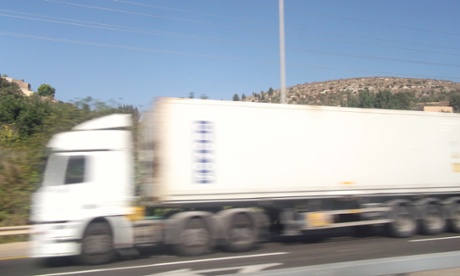
DG: This is exactly the type of truck that we were travelling in after we were sold. They put us in here so it looked like goods being transported. They showed us that if anybody tried to scream they would kill them right there; nobody wanted to ruin his or her life, so nobody did that – or if they did, they would kill that person and set an example in front of us.
LS: Desta set this photo up. She chose the location, knelt on the ground and said to her friend Zenebech “tie my hands behind my back and get a stick to show how they beat us”.
LS: Desta set this photo up. She chose the location, knelt on the ground and said to her friend Zenebech “tie my hands behind my back and get a stick to show how they beat us”.
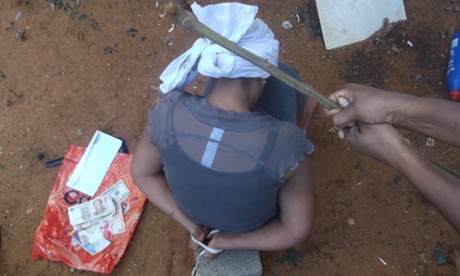
DG: Refugees who pass through this are really different, although we are human beings and we still have our bodies on us after the experience. After you have passed through this, you will be really new.
LS: Desta is returning to Ethiopia and wants to work at grassroots level there to prevent trafficking. She fell victim to it because she did not know the risks – now she wants to educate others.
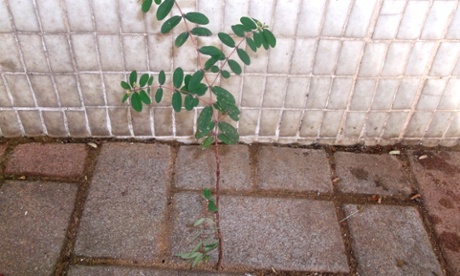
DG: This plant is on a stone – there is no watering to it and there is no food to it, but it still exists. Some people are like that. There are people who are surrounded by nothing, there is nothing left in their life, but it’s amazing how they are still standing. My dream is to give voice to people – I want to do that for people who are represented by this picture.
Tizalu Brahan
LS: Tizalu is from rural Ethiopia. She left home to find work in Sudan after her mother died, but the broker betrayed her and sold her to traffickers.
She was very shy at first but flourished as the project unfolded, taking hundreds of pictures. When she spoke about this picture, we could not believe it – the red earth had allowed a very reserved woman to speak about what happened in Sinai.
She was very shy at first but flourished as the project unfolded, taking hundreds of pictures. When she spoke about this picture, we could not believe it – the red earth had allowed a very reserved woman to speak about what happened in Sinai.
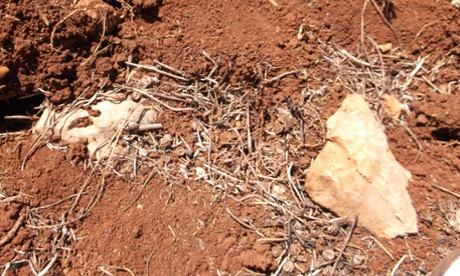
TB: This is nice, but the red soil that we saw on our journey was different – everyone was sick and people were falling … there were men with us and we were on top of each other and some people were just abandoned. It was so dusty in Sinai, you have to eat it. Yes, the red earth reminded me of that. I’ll never forget it. It’s linked with my bone.
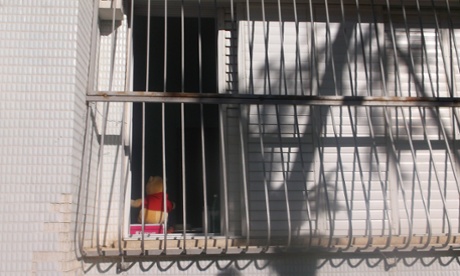
TB: This is my room [in the safe house]. I took this picture because I always like to see it. This is the first place I was happy after they stole me and I didn’t see my father again. Here my life is really nice. There, in the Sinai, there were no clothes and the place was not clean; the sand and the not clean place – it was all trouble. But here they treat us very nicely: they give us clothes and they give us money.”
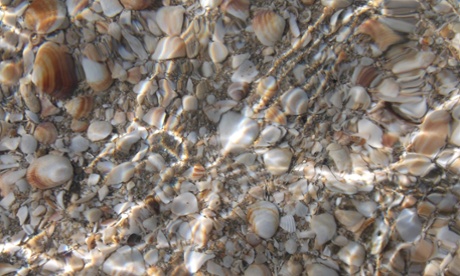
TB: I have never been to the sea before – this was the first time. Because I really liked it, I took a picture of it. It wasn’t too cold, it wasn’t too hot. Yes, it was exciting to experience something new.
Zenebech Zeleke
LS: Zenebech was a passionate student – she loved the photography. She and Desta are very close friends; they were trafficked together. She is returning to Ethiopia, and hopes to develop her photography there, with our support, using it to tell her story.
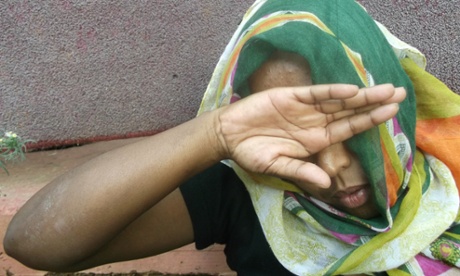
ZZ: The one thing I want to portray is how people can without their consent, without their will, be taken from where they are to a place that they never wanted to come to. For example, a person from one border is blindfolded, beaten and taken away from the border to another place.
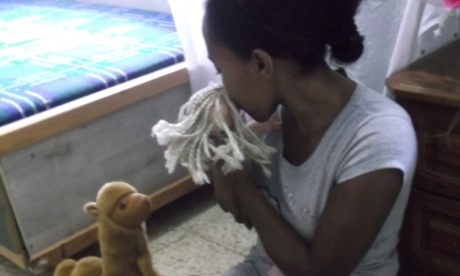
ZZ: Ever since I was a really young person, up until two years ago when I left Ethiopia, people were not my friends. The dolls were my friends. I started having people friends after I left Ethiopia, on my journey, that’s when I started knowing people – I really had a very lonely life when I was there.
LS: Zenebech is a committed Christian – taking strength from her faith during her ordeal. She took this picture at The Church of the Annunciation on our field trip to Nazareth.
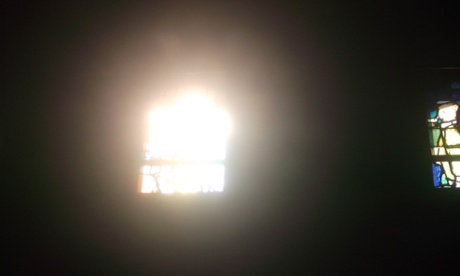
ZZ: There are many ways to tell my story to other people, to tell about these types of journeys, and if we can do it using photography, that’s great. There are things that you go through and want to share, and it makes you feel better. Some of the things that could be told are: they used to force us into taking hashish or drugs and used to bury people alive and we have seen them beheading people.
The light gets in – you can let it in and it’s positive. But the darkness, it doesn’t let you in, it just swamps you, and that’s what it does.
Photography from Voice of Freedom will be exhibited at Amnesty International Human Rights Action Centre in London, from 20 March until 6 April.
The light gets in – you can let it in and it’s positive. But the darkness, it doesn’t let you in, it just swamps you, and that’s what it does.
Photography from Voice of Freedom will be exhibited at Amnesty International Human Rights Action Centre in London, from 20 March until 6 April.
No comments:
Post a Comment